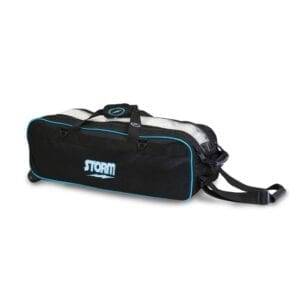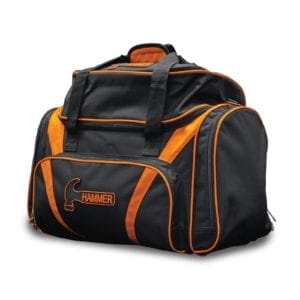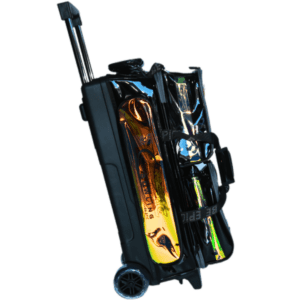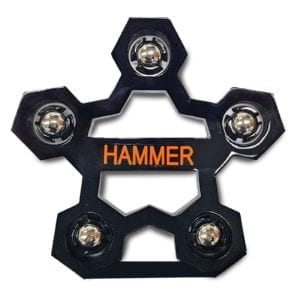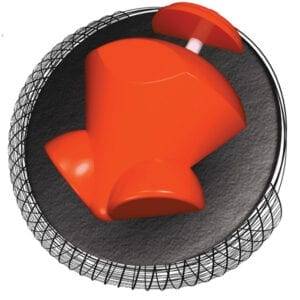Bowling News
Niagara bowling alleys reopen but most lanes will be off limits

Jeff Ellis didn’t need a moment to do the math. He knew just how many days it’s been since he had to close his three bowling alleys.
One hundred and thirty days, with no money coming in, just bills to pay.
“I’m a bowler, I will always make sure these alleys open somehow, some way,” he said Saturday, a day after Ontario bowling alleys were allowed to reopen, but under tight restrictions.
“But,” Ellis added, “if we can’t go full tilt by October, November, then we may have a problem.”
He owns Jeff’s Bowl-O-Rama in Welland, Lucky Stryx in Fort Erie and Mudcat Bowling and Entertainment Centre in Dunnville.
Closures forced by COVID-19 were harder on bowling alleys than some other businesses.
Retail shops at least were allowed curbside and online sales; restaurants could offer takeout and, later, patio service.
But bowling alleys were locked up tight, as were gyms and arcades until Friday, when Niagara moved into Stage 3 reopening.
For at least two Niagara owners, the timing of the pandemic couldn’t have been worse.
First, when it happened in March they lost their busy league playoff dates and end-of-year visits by thousands of school kids.
Ellis, meanwhile, had just bought the Fort Erie alley last fall. He spent $200,000 on upgrades and another $60,000 redoing the kitchen but didn’t even get a full season in before having to close.
At Parkway Social, on Ontario Street in St. Catharines, the Nitsopoulos family had spent more than $5 million over 18 months renovating the bowling alley and attached restaurant of the same name.
“We gutted the entire place,” said general manager Tom Nitsopoulos.
“We opened (the restaurant) about a week before we got shut down in March … we never really opened, actually, we only opened for the week feeding our staff just to train our kitchen staff.”
With the bowling alley closed, restaurant service limited and business slowed to a trickle in the Holiday Inn at the same site, “it’s been rough for the last four months.”
He said he “absolutely” would have closed the bowling alley permanently if not for the restaurant and hotel bringing in at least some business.
Ellis said he knows of at least four alleys across Ontario that did shut down for good.
Nitsopoulos and Ellis both have plans for more intensive cleaning and sanitization, for directing people to their lanes and serving food safely.
Customers will have to enter wearing a mask but can remove it once they’re in their lanes ready to bowl.
“There are still a lot of people who won’t come out and do anything, because they are afraid,” said Ellis.
Both men understand why the extra precautions are necessary, and that they’re not the only owners struggling in the new environment.
This year, that just comes with running a business.
What gives them trouble, is finding a way to make it work while limited to no more than 50 customers at a time allowed inside.
Nitsopoulos’s place has 30 lanes and on many nights 250 people would be there.
“I can put eight people on a lane … I’m only allowed to have 50 (customers at a time), if I put five people on a lane I’m only using one-third of my bowling alley.”
He believes even if he was allowed to use 15 lanes, instead of 10, he could still provide more than adequate social distancing to keep people safe.
He is writing a rebuttal to the provincial government, explaining his plan and asking for an exemption to allow more people inside.
“That gives me a 10-foot social distancing between groups of people,” he said. “That’s more social distancing than in any other industry.”
Ellis said he can’t afford to reopen Fort Erie until more people are allowed in. Dunnville has a restaurant that offers takeout, so it reopened.
His Welland operation, though, with 36 lanes, faces the same difficulty Nitsopoulos’s 30-lane place does: More than half the lanes can’t be used if only 50 people are there.
Come September, Ellis said, bowling alleys should be bustling every night with league play.
He doesn’t know how he can make that work if more than half his lanes are off limits.
Nitsopoulos said dividing leagues into shifts isn’t practical. Players have jobs, they can’t play late on weeknights.
And rescheduling games to weekends would cut into another important revenue source, the 20 to 30 birthday parties his alleys host most weekends.
“It’s a juggling act,” he said.




















